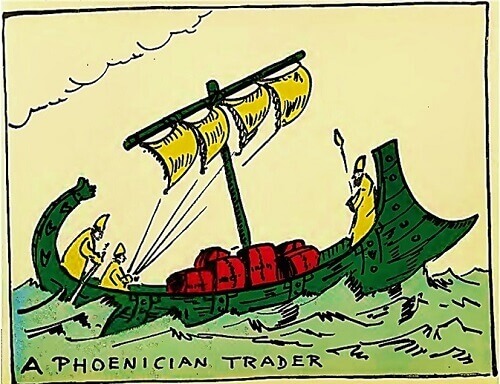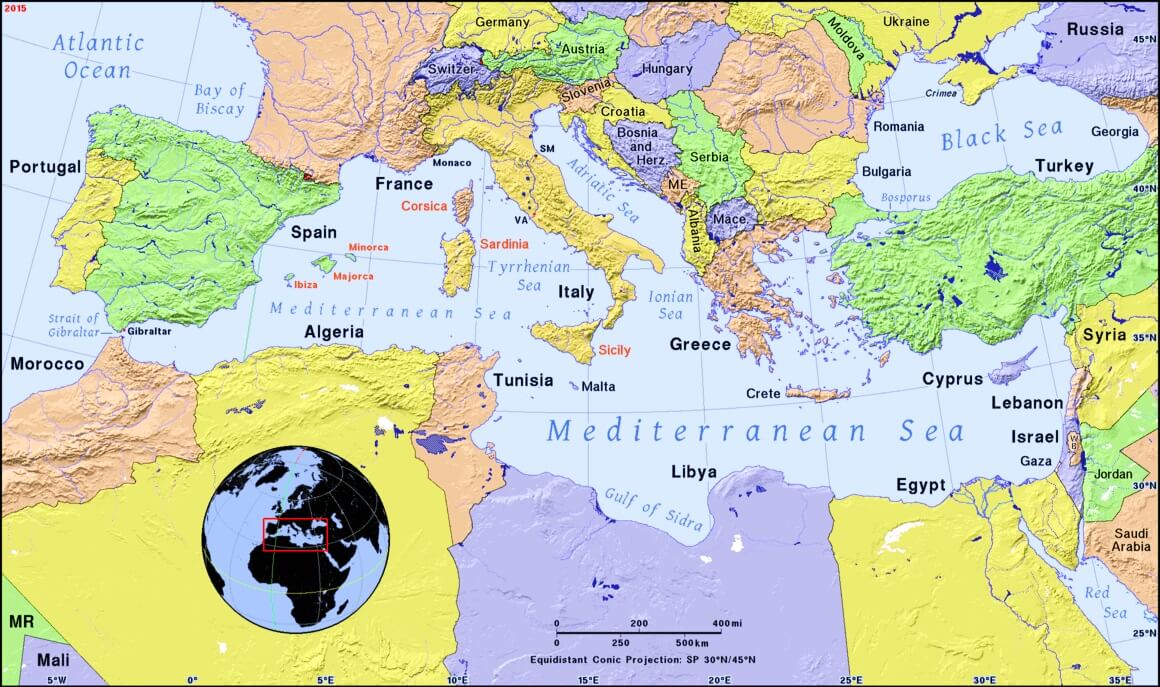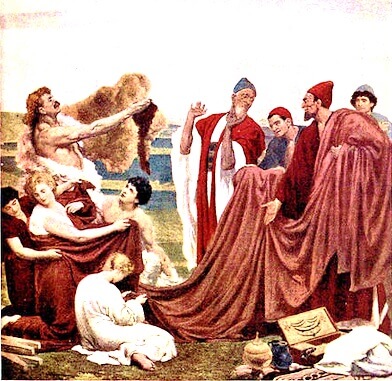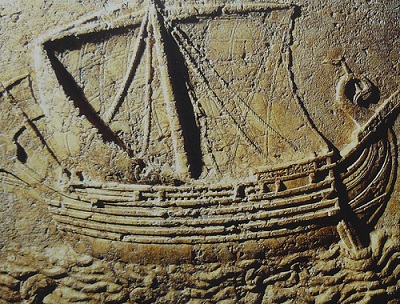 The Story of Mankind Part I
The Story of Mankind
The Story of Mankind Part I
The Story of Mankind


 The Story of Mankind Part I
The Story of Mankind
The Story of Mankind Part I
The Story of Mankind

Study the lesson for one week.
Over the week:
Activity 1: Narrate the Lesson
Activity 2: Map the Lesson
Find locations related to the chapter.

Activity 3: Can You Find It?
Study the painting, 'Phoenician Traders on the Coast of Britain,' by British painter Frederic Leighton.
Zoom in and find the following items.

Activity 4: Study a Picture of Lebanon Today
Examine a picture of the old souk (an Arab market or marketplace; a bazaar) in Byblos, Lebanon today.
Note how the ancient buildings combine with the modern furnishings of a cafe.

Activity 5: Study a Carving of a Phoenician Ship.
Study the carving of a Phoenician ship on a sarcophagus, and find the following:

Activity 6: Complete Copywork, Narration, Dictation, and Art

Click the crayon above. Complete pages 25-26 of 'World History Copywork, Narration, Dictation, and Art for Third Grade.'